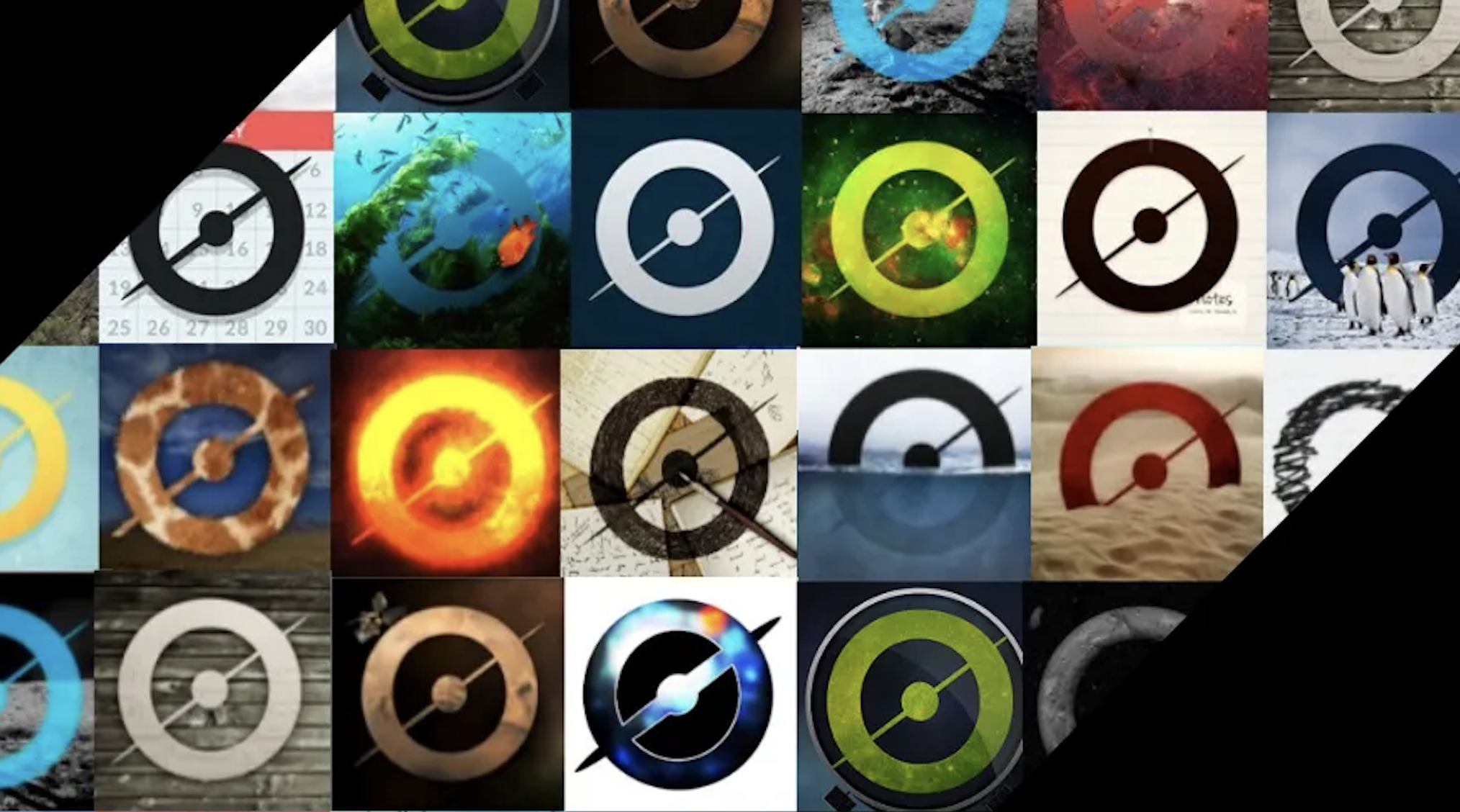2 min read

When you’re trying to catch a planet, you’d better look twice! Volunteers on NASA’s Planet Patrol Citizen Science Project finished checking their first batch of 999 exoplanet candidates from NASA’s Transiting Exoplanet Survey Satellite (TESS) mission. The results, published in Monthly Notices of the Royal Astronomical Society, show that 144 of those proposed planets are false.
Objects like eclipsing binary stars can mimic the appearance of planet. But they didn’t fool this team of citizen scientists.
“We expect to find five astrophysical false positive for every true planet candidate in TESS Full Frame images,” said Luca Cacciapuoti, the paper’s lead author. “The work of citizen scientists is critical to spot these imposters.” The imposter planets tended to be in the lower mass range---suggesting that we may not truly understand the mass distribution of planets.
Dr. Veselin Kostov first launched the Planet Patrol project by building a website at exoplanetpatrol.org. This website asks members of the public to examine images from TESS to look for noise and offsets that could be signs of something gone awry. But the participants in this project began to dig deeper and learned to use the same tools as professional astronomers to examine the exoplanet candidates, writing their own codes to compare candidates and track their progress. A second new paper, lead by Kostov, describes the project in more detail.
NASA’s Citizen Science Program:
Learn about NASA citizen science projects
Follow on Twitter
Follow on Facebook







